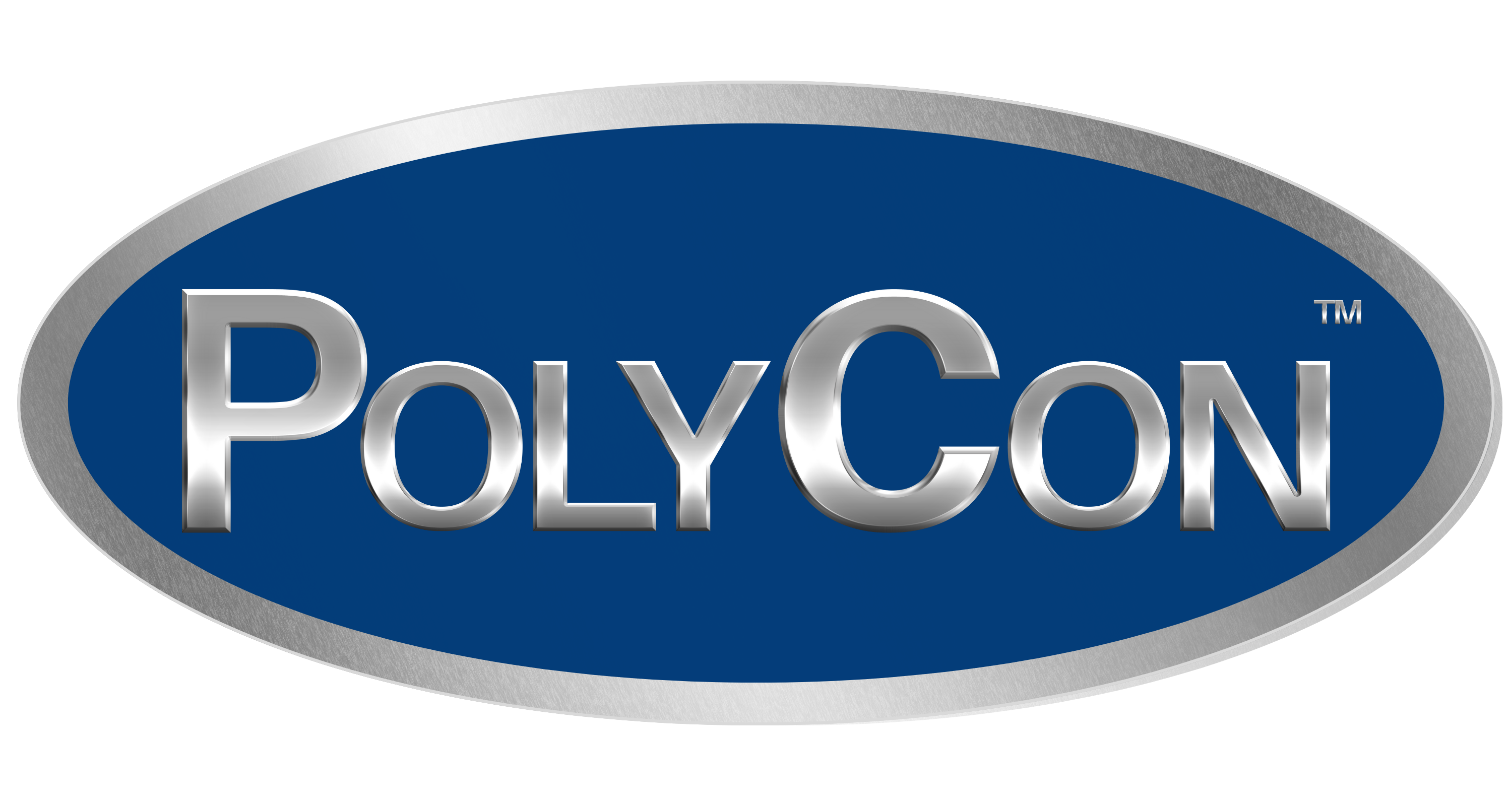Choosing the Right Insulation for Your New Home: A Guide by PolyCon
When building a new home, one of the most crucial decisions is selecting the right insulation. At PolyCon, we know that your choice in insulation can make a drastic impact on your home’s energy efficiency, save you money long-term, and safeguard your investment on your home. In this guide, we’ll highlight the various insulation options available and demonstrate why spray foam insulation stands above the rest.
Spray Foam Insulation: The Superior Choice
For top-tier energy efficiency and unparalleled air sealing, spray foam insulation is the best-in-class option available. Here’s why it outperforms other insulation types:
- Exceptional Air Seal: Spray foam has an exceptional ability to expand and conform to a space which creates an airtight seal that blocks leaks and drafts. This means better temperature control, reduced strain on your HVAC system, and lower energy costs.
- High R-Value: Spray foam offers one of the highest R-values per inch, providing exceptional thermal resistance. Homes insulated with spray foam stay warmer in winter and cooler in summer, leading to greater energy efficiency.
- Comprehensive Coverage: Whether applied in attics, walls, or crawl spaces, spray foam adapts to the shape of any space, filling gaps that other insulation types often leave behind. This ensures superior coverage, with no loss in performance over time.
While spray foam has a higher upfront cost, its efficiency can lead to substantial long-term savings on utility bills, making it a smart investment for homeowners looking for the best possible insulation.
Fiberglass Insulation: Limited Air Control
Fiberglass insulation is known for being cost-effective, but it falls short in certain critical areas:
- Air Leakage: Fiberglass insulation lacks the ability to create an airtight seal which makes your home more prone to air leaks and energy waste. Spray foam, by contrast, creates a complete seal.
- Settling: Over time, fiberglass can settle, reducing its insulating power. Spray foam retains its shape and effectiveness long-term.
- Limited Use: While more budget-friendly, fiberglass insulation lacks the ability to help create a truly energy-efficient home.
Cellulose Insulation: Green, but Not Airtight
Cellulose insulation, made from recycled materials, is eco-friendly but has limitations:
- Settling: Like fiberglass, cellulose tends to settle over time, reducing its insulating properties. Spray foam remains stable, maintaining its full effectiveness.
- Air Seal: Cellulose doesn’t provide the air-sealing qualities of spray foam, meaning it may need to be combined with other materials to achieve full efficiency.
While cellulose is a great sustainable option, it lacks the energy-saving potential that spray foam offers.
Foam Board Insulation: Durable, But Inflexible
Foam board insulation is rigid and offers a solid R-value, but lacks versatility:
- Limited Flexibility: Foam board works well for certain areas like exterior walls and foundations but can’t conform to irregular spaces the way spray foam can.
- No Complete Air Seal: Although foam board is durable, it doesn’t provide the same airtight seal that spray foam does, leaving the possibility for gaps.
Why Spray Foam Wins
When considering insulation, spray foam stands out because it combines high R-value with complete air sealing, which other insulation types can’t match. Spray foam is unique in its ability to conform to any shape, eliminate air leakage, and resist degradation over time, which maximizes your home’s energy-efficiency and keeps hard-earned money in your wallet. At PolyCon, we recommend spray foam as the best overall solution for insulating your home.
By choosing spray foam insulation, you’re making a long-term investment in energy savings, comfort, and the durability of your home.


